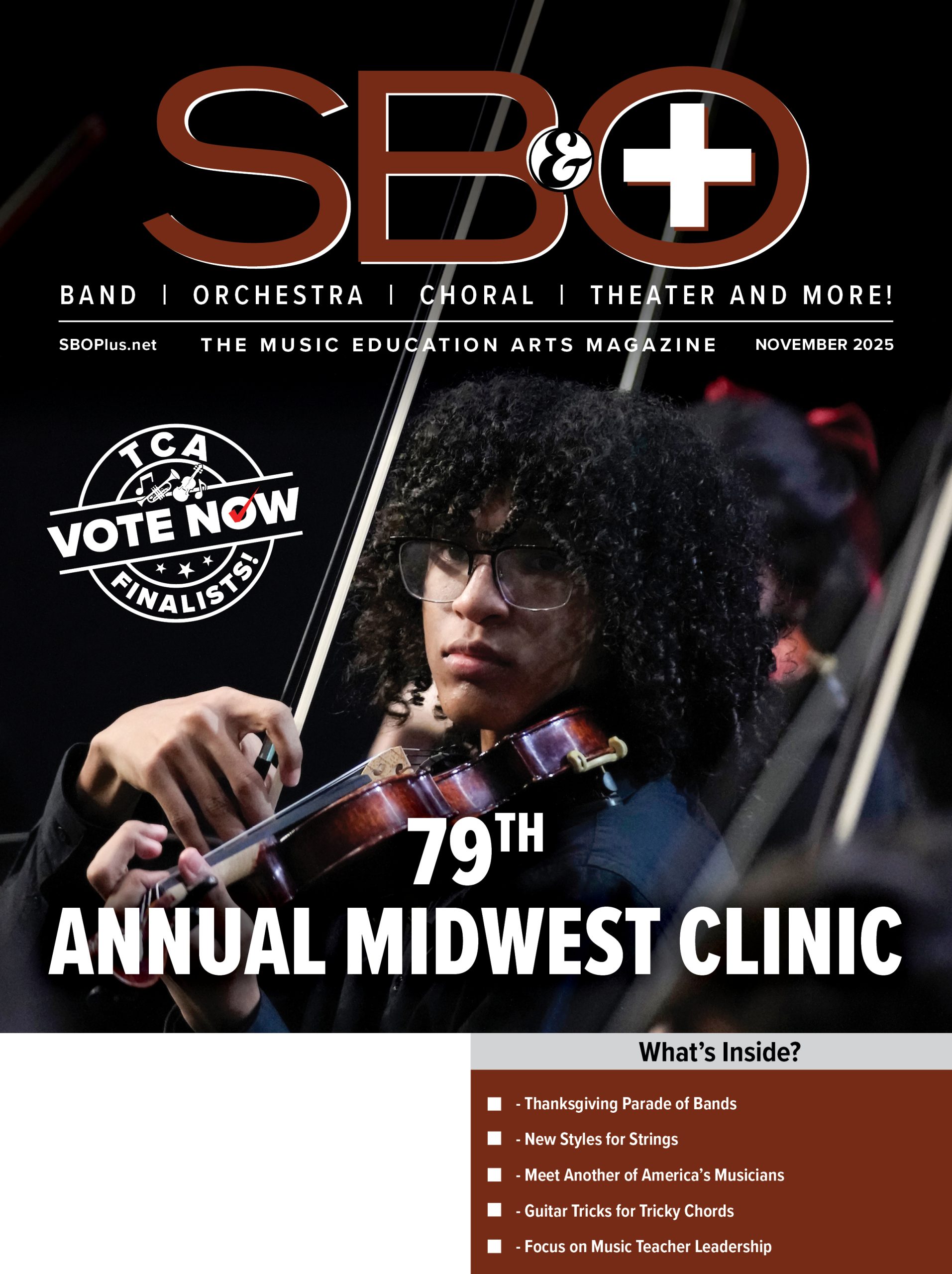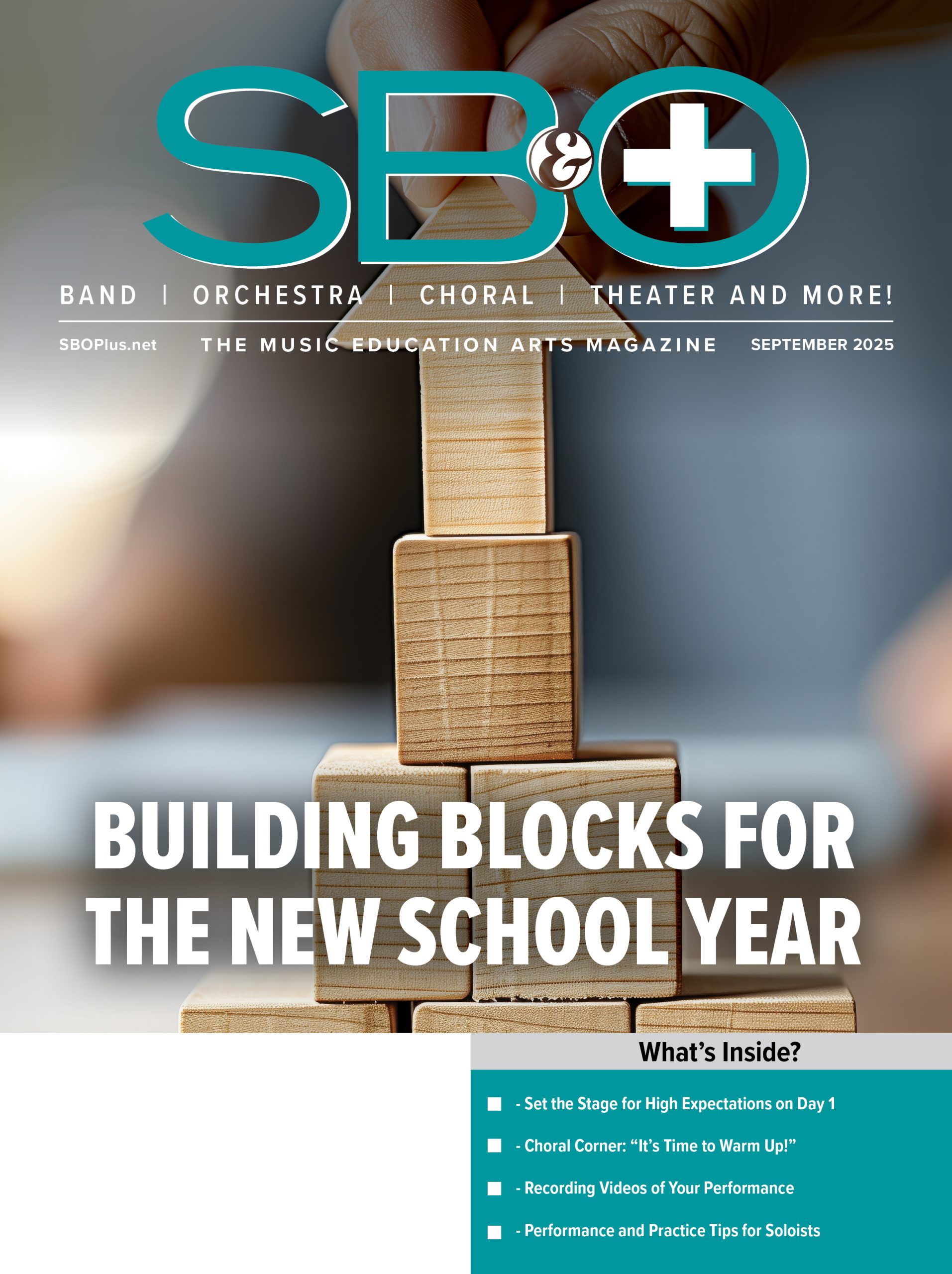Beautiful sonority depends on posture, breath control, embouchure, and practicing long notes. Here I will address embouchure, teaching you a technique I have developed over the years, as a concert flutist and music professor. Many flutists use fingering as the defining factor to control pitch and sound, and embouchure to refine it. If instead we empower embouchure as the main sound controller, then we develop our very best sonority. For this, we need first to understand how flute sounds are produced and what is needed for different registers to sound stable, focused, and in tune.
 Sound Production
Sound Production
Every tube length produces sound waves that have the full length of the tube. For different tube lengths, we take our fingers off one by one from the low C up to the C# from the next octave. These are fingering-defined notes, producing full-length sound waves. Simultaneously but with lesser intensity, each tube length produces “partials” of that full-length wave, resulting from inner smaller waves that divide the tube in ½, ¾, ¼ of its length, and so forth. These sounds are called overtones or harmonics. With each fingering, by changing our embouchure (or overblowing if you are a beginner), we can transform each overtone into the “next note”. The notes from each sequence of harmonics we can produce for each tube length change, but their intervals remain constant: perfect 8th, perfect 5th, perfect 4th, major 3rd, getting smaller and smaller as we go upward. For example, if we play our lowest C (all holes closed if you have a C foot) and then overblow it, the next harmonics will be the C one octave above, then G, then C, then E, then G, always going up… We can produce such notes in constant intervals departing from any note that determines a different tube length.
From middle E into the C# above it, our “real” notes are all first harmonics, i.e., our embouchure together with air speed are responsible for producing sound waves that divide the tube length in half. Therefore, the middle register requires greater embouchure control. Above the third octave C#, all fingerings are basically intonation adjustments, as intonation within the harmonic series doesn’t perfectly match our music system’s intonation.
 Flute Intonation in Different Registers
Flute Intonation in Different Registers
Octaves on flute sound wider than they should (difference between physics and music system). For flute octaves to sound in tune, we must sharpen the lower note, flatten the top note, or a combination of both.
The more we cover the embouchure hole, the flatter the pitch gets. The more we uncover it, the higher it gets. Rolling the flute in and out is a very bad choice because it affects sound quality, but we can do it with embouchure. In addition to intonation, for a focused, full, stable sound in lower notes, the air needs to enter the flute more perpendicularly (it “encourages” the production of longer waves), whereas for better sound in higher notes the air needs to hit the flute as a tangent, more frontal (to “encourage” the production of shorter waves).
Through years of practice, I figured how embouchure technique can address sound intonation, stability, and quality: smile shape for low register and kiss shape for high register. This principle works for large intervals as well as for small intervals, just in different proportions.
Smile Shape (Image 2, left column photos): by stretching the lower lip, it uncovers a bit of the hole, sharpening the low note. It also allows for the air to enter the flute more perpendicularly and provides a wider passage for the air – perfect for lower notes. Kiss shape (Image 2, right column photos; similarly to the ideas of whistling, bird beak or fish mouth): it directs the air front, through a smaller passage, and covers the hole a bit more – perfect for higher notes.
Suggested Practice
You can play ascending octave intervals, starting from the low E, going up chromatically until C#, and then repeat the same ascending octave intervals making your way down chromatically from C# to low E. Why these notes? Because for these specific notes and range, we use the same fingering to play the fundamental and the first harmonic (the octave is controlled exclusively by embouchure). Hence the empowerment of embouchure over fingering is necessary and easier to hear, feel, and understand. After we control these octaves, with smile shape for lower notes, and kiss shape for the upper ones, we can apply this embouchure technique into playing octaves in all registers, playing harmonic series departing from any note, and – more broadly – using it for all music we play. This flexible-quality embouchure will enhance your flute playing with more focused sound, better projection, less undesirable airy noise, and better intonation. This embouchure control also paves the ground to a wide range of dynamics and colors in all registers!
Melody goes up? Kiss shape. Melody goes down? Smile shape… With this single technique, we achieve a flutist’s triple treat: playing with focused sound (no airy noise), better projection, and good intonation!
You can reach Celina at celina@lisasclarinetshop.com.






























